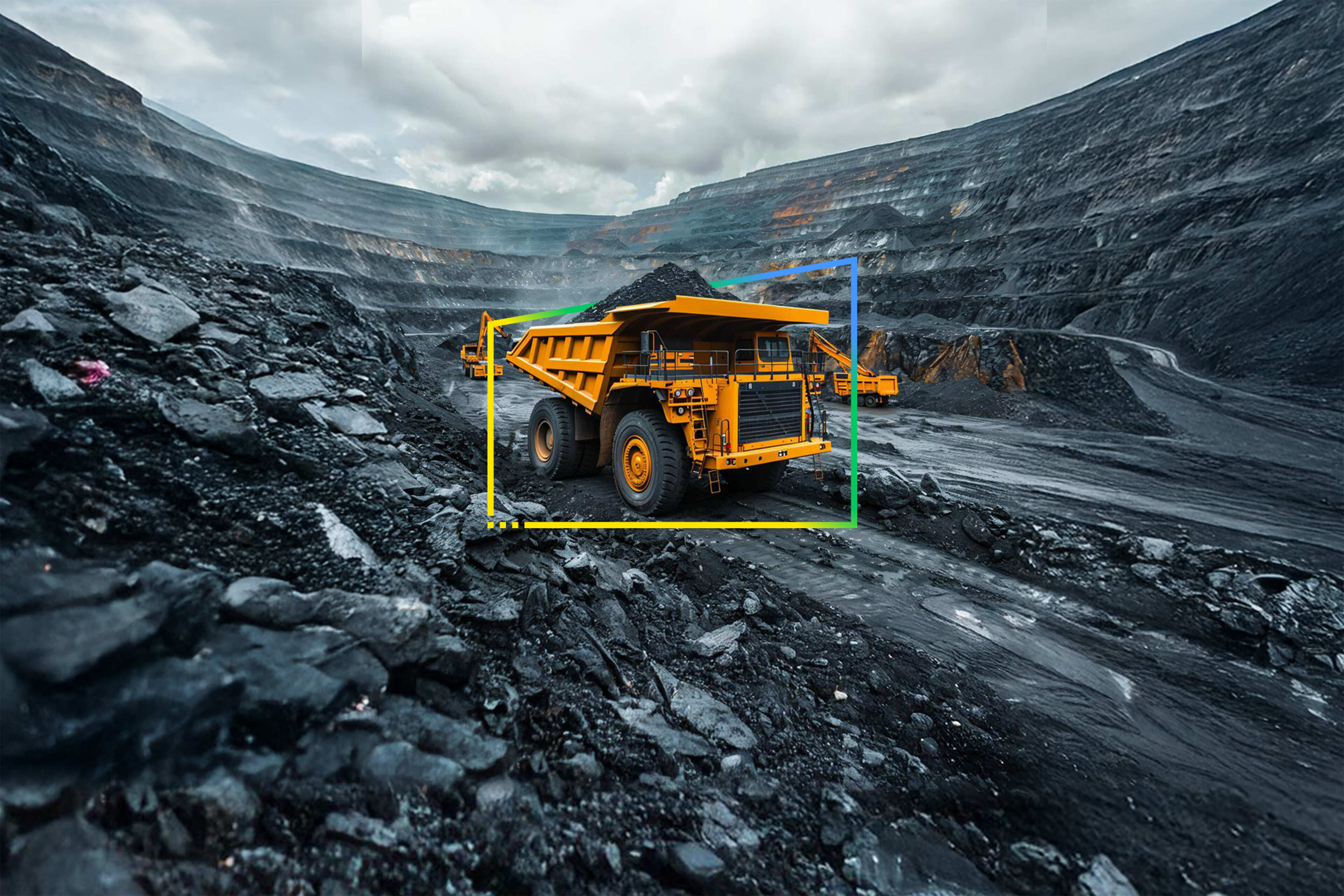EY refers to the global organization, and may refer to one or more, of the member firms of Ernst & Young Global Limited, each of which is a separate legal entity. Ernst & Young Global Limited, a UK company limited by guarantee, does not provide services to clients.

Going through a comprehensive transition to become a sustainability leader benefits employees, the organization, and the environment.
In brief
- Leaders must embrace sustainability as a strategic business objective.
- Beyond environmental considerations, businesses must address social issues, DEI, training and development to achieve long-term transformation.
Sustainability is an area of focus for an ecosystem of stakeholders, from customers, to regulators, to businesses. Some business leaders have approached sustainability as mainly a compliance exercise, instead of a fuel for competitive advantage. To become a sustainability leader, executives must see it as a strategic business priority that contributes to long-term value and embark on a sustainability transformation.
Part of the daunting challenge is that sustainability transformations are complex and far-reaching. From an environmental perspective, technological innovation, process efficiency, greening the energy supply, product transformation, greener procurement choices, and engaging in the circular economy are all steps in the right direction. But these decarbonization drivers and others are insufficient to reach net zero. The International Panel for Climate Change (IPCC) in its 2021 report predicts that 40% to 70% of a sustainability transformation will need to focus on sustainable behaviors and business models1. Beyond environmental factors, companies need to consider social issues, such as health and wellbeing, diversity, equity and inclusion (DEI), training and development, and supply chain transparency, which can help to safeguard human rights.
Put humans at the center of the sustainability transformation journey
According to a recent whitepaper from Play Consulting Ltd. (PLAY), 77% of employees and business leaders agree that major behavioral changes are necessary to achieve sustainability goals . So how can organizations engage their employees in the sustainability transformation journey and harness their behavior to accelerate and positively contribute to sustainability goals? Put them at the center of the transformation. Here are four ideas on how to do that:
1. Position sustainability as a key lever of innovation and growth
Organizations sit somewhere on the sustainability maturity scale, from a policy-based value protection approach at the low end to driving sustainable value creation and promoting broad industry focus on sustainability at the fully mature end.
They need to help establish sustainability as a value driver by creating a vision that embeds sustainability into both the inorganic and organic growth strategies and positioning it to drive both innovation and opportunities. Further, organizations need to quantify value levers with an accompanying roadmap for execution and accountability throughout the transformation. Examples include:
- Linking sustainability strategy to executive reward and metrics (including annual and long-term incentive plans).
- Incorporating sustainability into remuneration frameworks.
This can be effective in engaging and attracting people, clients and investors.
2. Raise the sustainability IQ of employees
According to EY research, 71% of employees think that their leaders still always or often make critical decisions solely based on financial considerations, such as profit, costs and growth, while 35% observe a difference of opinion between their organization’s stated purpose and its day-to-day activities. Through sustainability transformation, organizations can raise the sustainability IQ of employees and its leaders through robust awareness campaigns and by designing rewards programs that drive accountability and incentivize sustainability-friendly behaviors. This should include creating a culture of co-creation, community, and shared purpose to build a sustainable world.
There is also an opportunity for technology to play a role. At EY, we’ve introduced the EY Green Routine application prototype that connects EY’s sustainability initiatives with individual employee actions. The application drives positive sustainable behaviors in employees using behavioral science techniques, which, true to the application’s name, encourages the creation of “green routines”. These are daily habits with small adjustments, which, if individuals can maintain and follow, result in a reduced carbon footprint.
EY Green Routine encourages employees to participate in challenges and compete and collaborate with fellow employees to drive engagement. It also gives organizations the ability to set strategic sustainable challenges that align with their net-zero targets, and report on the carbon reduction impact of all employee activities.
3. Invest in sustainability skills-building
According to the 2022 Global Green Skills Report3, between 2015 and 2022, there has been a 38.5% year-over-year growth rate for green knowledge and skills in the workforce to support environmental sustainability, now and in the future.
Organizations will want to assess their sustainability (environment, social and governance) skills gaps and define learning pathways and upskilling or reskilling strategies that will improve employees’ ability to adapt to market forces, such as the green economy or workforce digitalization.
4. Strengthen sustainable working life and advance the DEI agenda
According to a March & McLennan report4, sustainability performance will become increasingly important to attracting and retaining talent as Millennials and Gen Z come to make up most of the global workforce, especially given the importance they place on environmental and social issues. The same report suggests that top employers (as measured by employee satisfaction and perceptions of young talent) typically have lower carbon emissions, demonstrate greater empathy, and are more diverse.
Human resources (HR) will want to design talent and mobility programs, and a hybrid work strategy that aligns with the organization’s sustainability transformation strategy. By addressing social, financial, physical and emotional wellbeing, organizations can improve employee productivity, health, adaptability, connection and happiness.
Summary
Strictly focusing sustainability on value protection may make short-term economic sense but embarking on a sustainability transformation to become a sustainability leader is better for employees, the organization and the environment. Improving employee productivity, health, flexibility, and connection is crucial for staying competitive in the business.
How EY can help
Related articles
Green finance is gaining traction for net zero transition in India
EY highlights how green finance's growing impact on India's net-zero transition underlines the need to incorporate ESG into financial decision-making.
What right questions CFOs need to answer for ESG-driven transformation
EY highlights how CFOs adopt a strategic approach to ESG-driven shifts, taking into account the risks, opportunities, and operational aspects of ESG.





